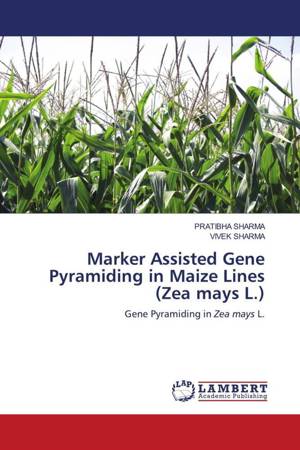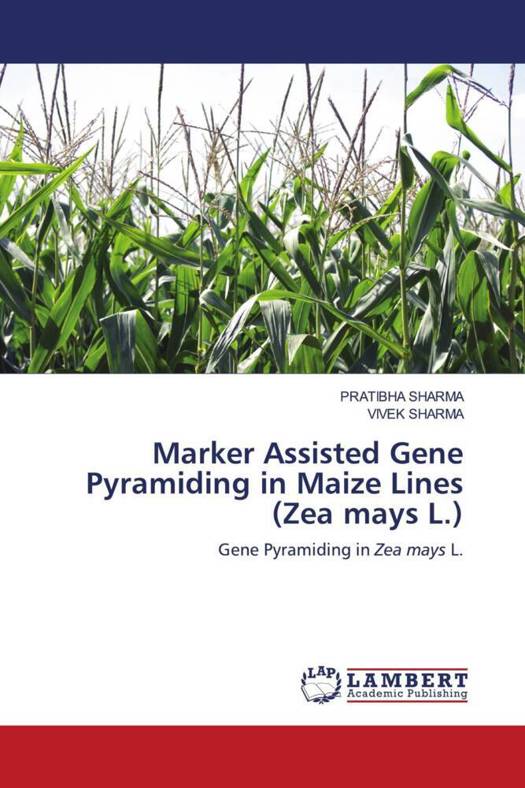
- Afhalen na 1 uur in een winkel met voorraad
- Gratis thuislevering in België vanaf € 30
- Ruim aanbod met 7 miljoen producten
- Afhalen na 1 uur in een winkel met voorraad
- Gratis thuislevering in België vanaf € 30
- Ruim aanbod met 7 miljoen producten
Zoeken
Marker Assisted Gene Pyramiding in Maize Lines (Zea mays L.)
Gene Pyramiding in Zea mays L.
Pratibha Sharma, Vivek Sharma
Paperback | Engels
€ 54,45
+ 108 punten
Omschrijving
Maize is the third most important staple cereal crop after wheat and rice, which is used for human consumption, biofuels, livestock feed and also as raw materials at industrial levels. Due to all these advantages, it has become a choice among the major crop for the farmers and breeders in the developing countries. But there is some significant flaws in the traditional maize such as; It is deficient in beta-carotene (which is precursor of vitamin-A) and two essential amino acids (lysine and tryptophan), which are needed to produce proteins. Deficiency of these amino acids and vitamins lead to some of the fatal diseases like pellagra, Kwashiorkor, night blindness and also other malfunctions. To prevent these deficiency diseases; Maize has to be biofortified by incorporating the amino acids and vitamins will fail through breeding techniques to produce quality Protein Maize (QPM). In the present study, the composite double cross was developed by making the reciprocal crosses of hybrids APH27 and APQH9 and also opaque-2 gene was transferred from VQL-2 to the Punjab Sweetcorn-1 maize which was screened by using SSR markers umc1066 and crtRB1.
Specificaties
Betrokkenen
- Auteur(s):
- Uitgeverij:
Inhoud
- Aantal bladzijden:
- 100
- Taal:
- Engels
Eigenschappen
- Productcode (EAN):
- 9786203930726
- Uitvoering:
- Paperback
- Afmetingen:
- 150 mm x 220 mm

Alleen bij Standaard Boekhandel
+ 108 punten op je klantenkaart van Standaard Boekhandel
Beoordelingen
We publiceren alleen reviews die voldoen aan de voorwaarden voor reviews. Bekijk onze voorwaarden voor reviews.











